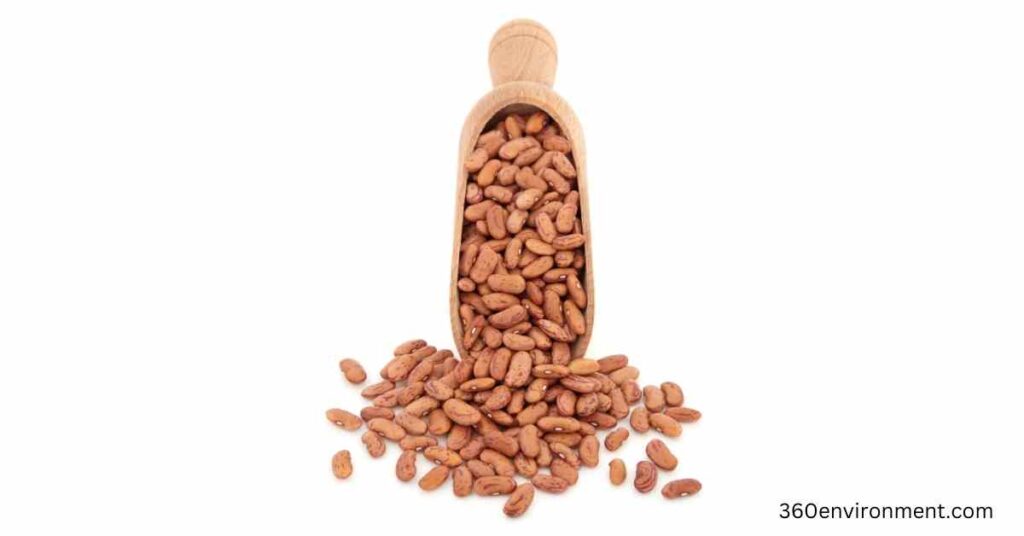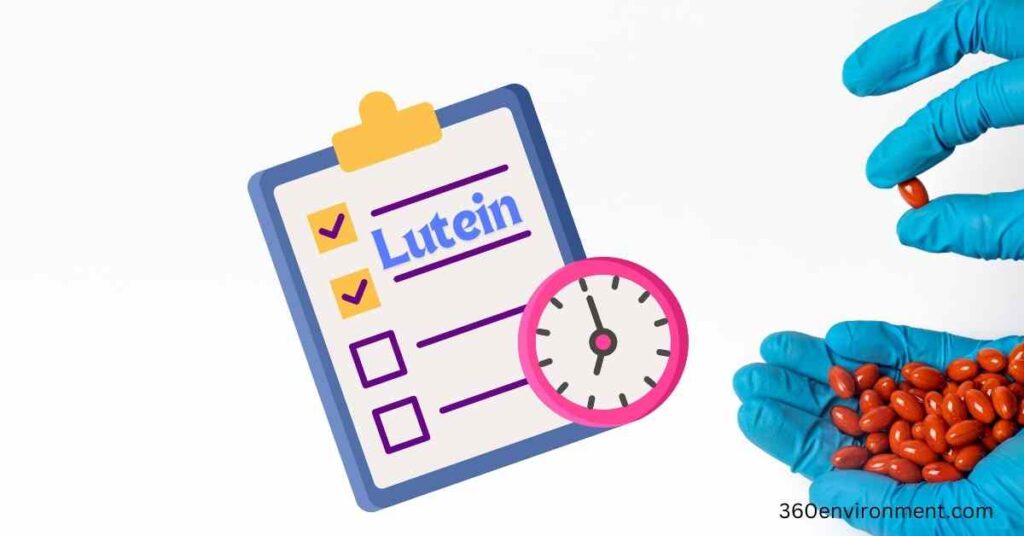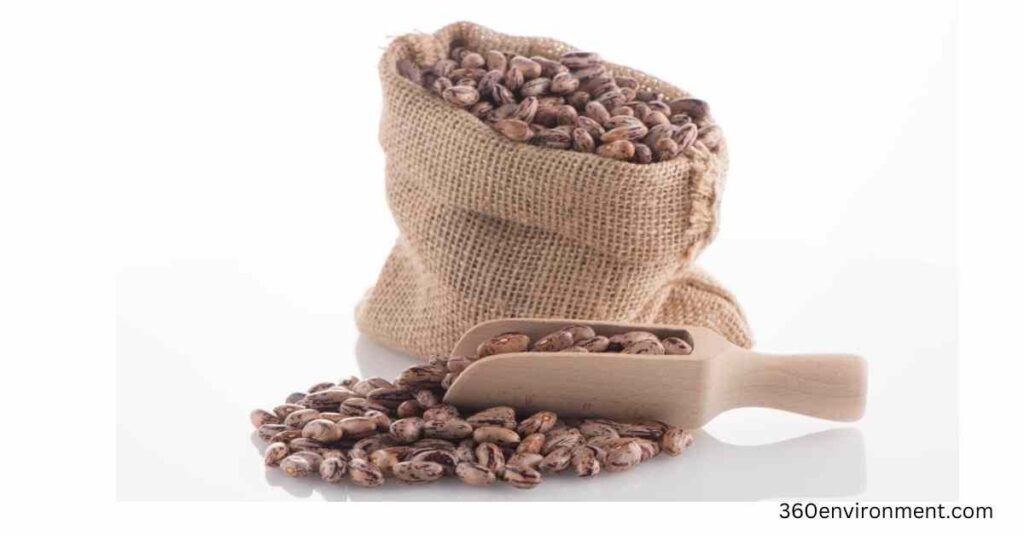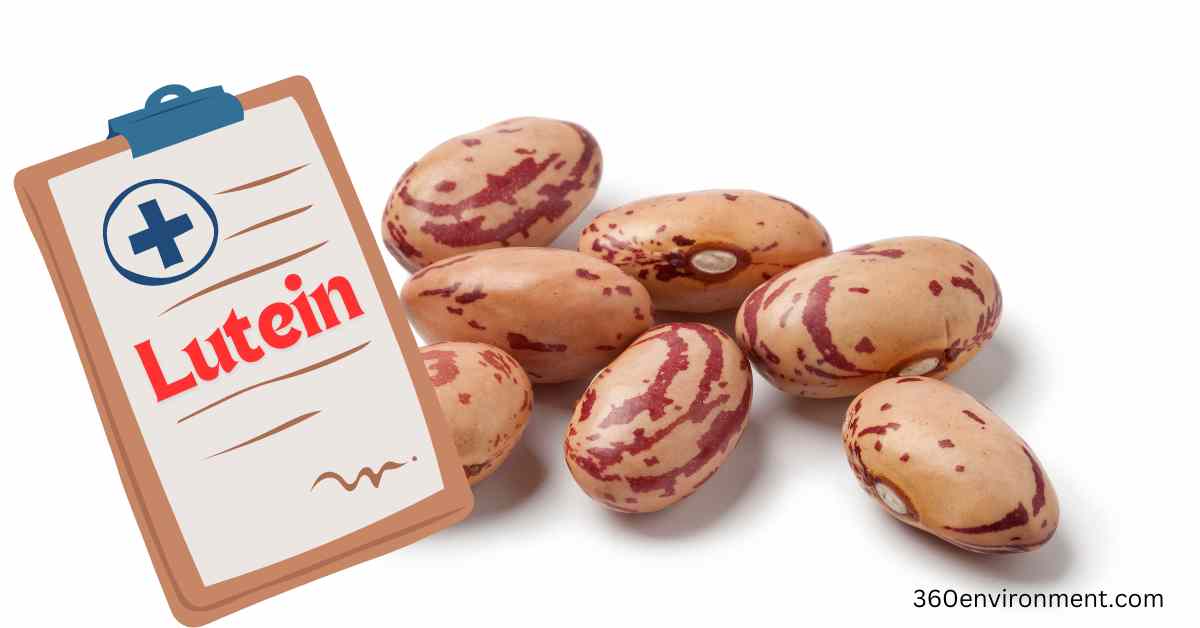Introduction
Lutein, a potent antioxidant from the carotenoid family, is well-known for its health benefits, particularly for eye health. While this vital nutrient is commonly associated with leafy greens like spinach and kale, it is less widely known that pinto beans also contain notable levels of lutein. Pinto beans, a staple in many diets around the world, are not only valued for their high protein and fiber content but also for their contribution to overall nutrition through compounds like lutein.
In this article, we will delve into the significance of lutein in pinto beans, how it contributes to human health, and its broader environmental impact. Pinto beans serve as an excellent example of a sustainable crop that supports both human nutrition and eco-friendly farming practices. This piece will explore the science behind lutein, the role of pinto beans in agriculture, and how their production can contribute to both health and environmental sustainability.
1. What is Lutein?
Lutein is a type of carotenoid, a naturally occurring pigment that gives fruits and vegetables their yellow, orange, and red hues. It is primarily found in green vegetables and yellow-orange foods but can also be present in beans like pinto beans. As an antioxidant, lutein helps protect the body from oxidative stress by neutralizing free radicals, which are unstable molecules that can damage cells.

1.1 Lutein’s Role in Human Health
Lutein is best known for its role in maintaining eye health. It is one of two major carotenoids found in the human eye, specifically in the macula and retina, where it helps filter harmful blue light and protect against oxidative damage. This protection is essential in reducing the risk of age-related macular degeneration (AMD), cataracts, and other vision problems.
Beyond eye health, lutein also has anti-inflammatory properties and may contribute to heart health by improving arterial function and reducing the risk of chronic diseases such as cardiovascular disease and certain types of cancer. Its antioxidant capacity helps maintain overall health by combating oxidative stress, which is linked to aging and various diseases.
1.2 Why Lutein in Pinto Beans?
Pinto beans, though primarily recognized for their protein and fiber content, offer an unexpected but valuable source of lutein. While they don’t provide as high a concentration of lutein as leafy greens, their presence in this legume expands the dietary sources of this nutrient, especially for individuals who may not consume enough green vegetables. Pinto beans, being affordable and widely consumed, thus offer a convenient way to incorporate lutein into everyday diets.
2. Nutritional Benefits of Pinto Beans
Pinto beans (Phaseolus vulgaris) are a nutrient-dense food, widely known for their high fiber, protein, vitamins, and mineral content. They are an essential part of many traditional diets, particularly in Latin America, and are commonly used in dishes such as burritos, soups, and stews.

2.1 Protein and Fiber
One of the primary reasons pinto beans are favored is their protein content. They are an excellent source of plant-based protein, making them a critical food for vegetarians, vegans, and people looking to reduce their meat consumption. In addition to protein, pinto beans are also rich in dietary fiber, which aids in digestion, helps regulate blood sugar levels, and supports heart health.
2.2 Vitamins and Minerals
Pinto beans are packed with essential vitamins and minerals. They are an excellent source of folate, a B-vitamin that is crucial for DNA synthesis and cell division. Folate is particularly important for pregnant women, as it helps prevent neural tube defects in newborns. Pinto beans are also high in iron, magnesium, and potassium, all of which contribute to various bodily functions, including oxygen transport, muscle function, and maintaining healthy blood pressure.
2.3 Antioxidant Properties
In addition to the well-known nutritional benefits of pinto beans, their lutein content contributes to their antioxidant properties. Antioxidants help protect the body against chronic diseases by reducing inflammation and oxidative stress, both of which are linked to a range of health issues such as cardiovascular disease, diabetes, and cancer.
3. Lutein and Environmental Sustainability
Aside from the human health benefits of lutein, there is a growing recognition of the environmental implications of lutein-rich crops, like pinto beans. As demand for plant-based nutrition continues to rise, crops that offer multiple nutritional benefits while being sustainable are becoming increasingly important.

3.1 Pinto Beans as a Sustainable Crop
Lutein in pinto beans is very sustainable because pinto beans are a highly sustainable crop due to their ability to thrive in a variety of environments and their relatively low environmental footprint compared to other protein sources, such as animal-based proteins. Beans are nitrogen-fixing plants, meaning they naturally replenish the soil by converting atmospheric nitrogen into a form that can be absorbed by plants. This reduces the need for synthetic fertilizers, which are energy-intensive to produce and can contribute to environmental degradation when overused.
In addition to their soil-enriching properties, lutein in pinto beans is easy to get since pinto beans require relatively little water compared to other protein-rich crops, making them a good choice for regions prone to water scarcity. Pinto beans also have a lower carbon footprint compared to livestock farming, making them a more environmentally friendly source of protein.
3.2 Role of Lutein in Plant Health
While lutein is best known for its role in human health, it also plays an important role in the health of the plants that produce it. Lutein in pinto beans helps protect plants from oxidative stress caused by sunlight, particularly in photosynthetic tissues. This protection allows plants like to thrive even in challenging environmental conditions, contributing to their hardiness and sustainability as a crop.
3.3 Reducing Environmental Impact Through Diet
Incorporating more plant-based sources like lutein in pinto beans into the diet not only benefits personal health but also supports environmental sustainability. By choosing foods that are both nutritious and have a lower environmental impact, individuals can help reduce their carbon footprint and contribute to more sustainable food systems.
The production of beans like pinto beans requires significantly fewer resources than meat production, including land, water, and energy. This makes pinto beans an ideal crop for feeding growing populations in a way that minimizes environmental impact.
4. The Role of Lutein in Eye Health: An In-depth Look
Given the increasing prevalence of eye-related health issues, particularly as populations age, the role of lutein in eye health is more critical than ever. lutein in pinto beans adds an extra layer of nutritional benefit to this versatile legume, helping support eye health across different demographics.

4.1 Protection Against Age-Related Macular Degeneration (AMD)
Age-related macular degeneration is one of the leading causes of vision loss in older adults. Lutein, along with its sister carotenoid zeaxanthin, is found in the retina, where it helps absorb excess light energy and acts as a shield against the harmful effects of blue light. By protecting the eye from oxidative damage, lutein helps delay the onset and progression of AMD.
Regular consumption of lutein in pinto beans, can help maintain high levels of lutein in the retina, reducing the risk of developing AMD as one ages.
4.2 Cataract Prevention
Cataracts, a clouding of the lens of the eye, are another common eye problem associated with aging. Lutein helps prevent the oxidation of the lens, reducing the likelihood of cataract formation. Studies suggest that individuals with higher dietary intake of lutein are less likely to develop cataracts, making lutein in pinto beans an important addition to the diet for those concerned about eye health.
4.3 Support for Overall Visual Function
In addition to protecting against specific eye diseases, lutein supports overall visual function. It enhances visual contrast and helps reduce glare, making it easier to see in bright conditions or low-light environments. By maintaining good levels of lutein in the diet, individuals can enjoy better visual acuity and protection from everyday environmental stressors.
5. How to Incorporate Lutein-Rich Pinto Beans into Your Diet
Given the nutritional benefits of pinto beans, including their lutein content, finding ways to incorporate them into your diet can be both rewarding and delicious. Pinto beans are highly versatile and can be used in a wide range of dishes, from salads to soups and stews.

5.1 Classic Pinto Bean Dishes
Pinto beans are a staple in many Latin American dishes, where they are often served refried, in stews, or as a filling for burritos. These classic dishes not only provide an excellent source of protein and fiber but also deliver lutein along with other essential nutrients.
5.2 Pinto Beans in Salads
Adding pinto beans to salads is an easy way to boost the nutritional content of your meal. Their mild flavor pairs well with a variety of vegetables, and they add a satisfying texture to the dish. For an extra boost of lutein, combine pinto beans with leafy greens like spinach or kale, which are also rich in this important carotenoid.
5.3 Pinto Beans in Soups and Stews
Pinto beans make an excellent base for hearty soups and stews. Their creamy texture when cooked adds depth to the dish, while their lutein content supports eye health and overall well-being. Pairing pinto beans with other vegetables and spices not only enhances the flavor but also increases the nutrient density of the meal.
5.4 Vegetarian and Vegan Pinto Bean Recipes
For those following a vegetarian or vegan diet, pinto beans are an invaluable source of plant-based protein. They can be used in a variety of meatless recipes, such as veggie burgers, bean patties, and plant-based chili. By incorporating pinto beans into vegetarian and vegan dishes, individuals can ensure they are getting enough protein, fiber, and lutein without relying on animal products.
6. Future Research and Potential of Lutein in Pinto Beans
As research into lutein and its health benefits continues to grow, there is increasing interest in exploring the potential of pinto beans and other legumes as sources of this important nutrient. Given their sustainability and accessibility, pinto beans represent a promising avenue for improving public health while supporting environmental sustainability.

6.1 Biofortification
One potential area of research is biofortification, a process that involves breeding crops to increase their nutrient content. By focusing on increasing the lutein content in pinto beans, researchers could create a food source that is even more beneficial for eye health and overall nutrition. Biofortified pinto beans could play a significant role in combating nutrient deficiencies, particularly in regions where access to a variety of fruits and vegetables may be limited.
6.2 Sustainable Farming Practices
As demand for plant-based foods continues to rise, ensuring that pinto beans are grown using sustainable farming practices will be key to supporting both human health and environmental goals. Sustainable farming methods, such as crop rotation, reduced pesticide use, and water conservation, can help ensure that pinto beans remain a valuable crop for future generations.
Conclusion
Lutein, a powerful antioxidant found in pinto beans, offers numerous health benefits, particularly for eye health. As a sustainable crop, pinto beans contribute to both human nutrition and environmental sustainability. Incorporating pinto beans into your diet not only provides a valuable source of lutein but also supports overall health through their high protein, fiber, and antioxidant content.
From protecting against age-related macular degeneration and cataracts to supporting sustainable agricultural practices, pinto beans represent a nutritional powerhouse with far-reaching benefits. As research into lutein and sustainable farming practices continues to grow, pinto beans will likely play an even more prominent role in promoting both human and environmental health.
Read More: Hydroponic Gardening: The Future of Sustainable Agriculture

